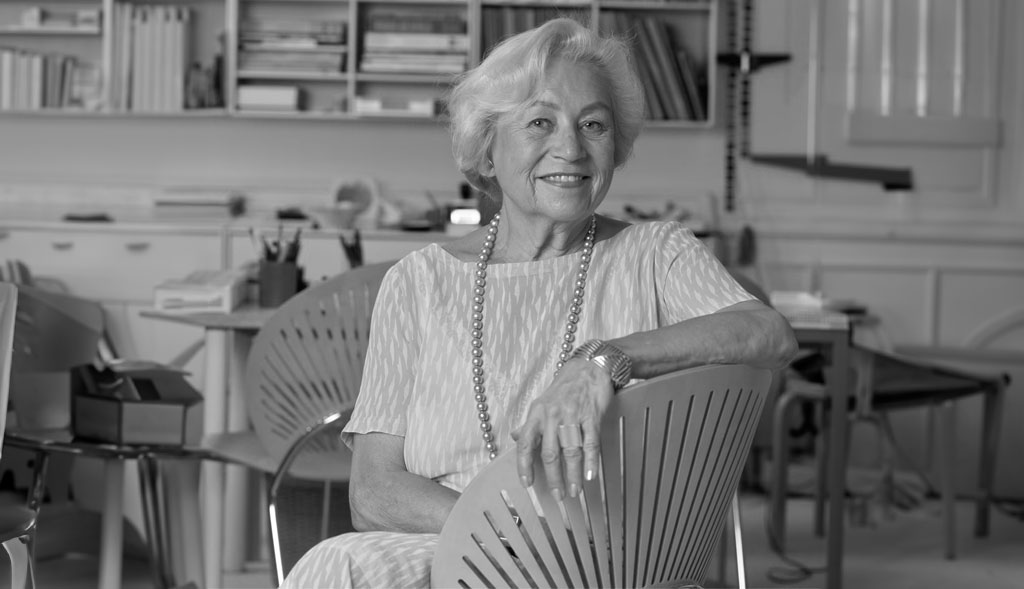Spotlight on Nanna Ditzel & The Trinidad Chair
The extraordinary life of Nanna Ditzel
In 1993 and at the age of seventy, Ditzel presented her one-woman show at Milan for the first time. There on display was the Trinidad Chair, a plywood chair featuring a cut out designed back, produced in partnership with Danish brand Fredericia. The moment had been almost fifty years in the making.
Shop the authentic Fredericia Trinidad Chair today at Utility.
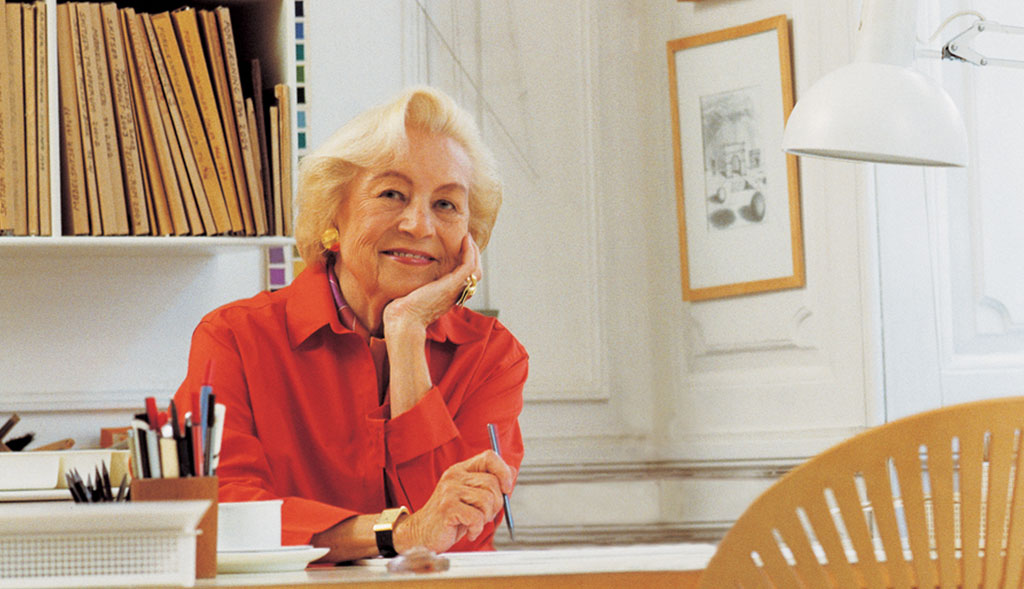
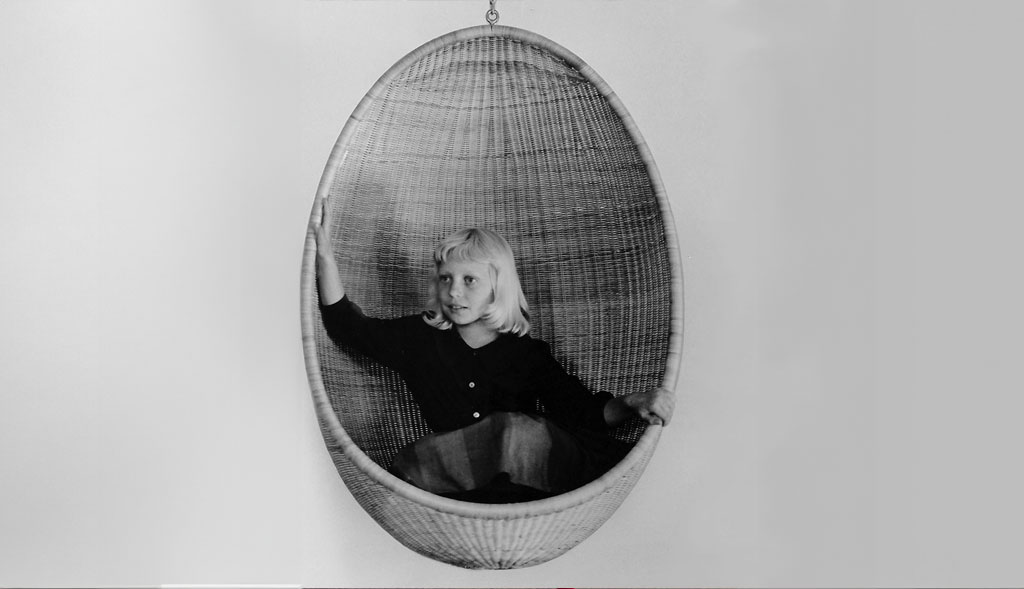
Where it all began
Ditzel started designing professionally in 1946 as a recent graduate of the School of Arts and Crafts in Copenhagen. Here she had perfected her trade – studying the intricacies of design that qualified her to set up a studio with her husband. Together they worked on interior environments – becoming well known for multi-level floor seating that they described as ‘stairscapes’. By removing the legs and providing height through the 'stairs', chairs were reimagined, and rooms could be transformed.
Ditzel's furniture had a sense of childlike imagination, designed to be exciting for the user. In 1959, Nanna and husband Jørgen created the Hanging Egg Chair - a critically acclaimed design that became instantly recognisable. The sense of playfulness in her work was still very much apparent, and allowed her to explore form as well as material.
Soon Ditzel turned her hand to children’s furniture, creating items such as the Toadstool (1962), a versatile table and stool that was lightweight and colourful. If turned on its side, it would satisfyingly spin across the floor - for children of all ages, it was an absolute delight. It was through this forward-thinking and fun design philosophy that Ditzel won a contract to design the furniture of the Lyngby Children’s Library, using soft yet durable fabrics in primary colours that encouraged the imagination - an ideal space for learning.
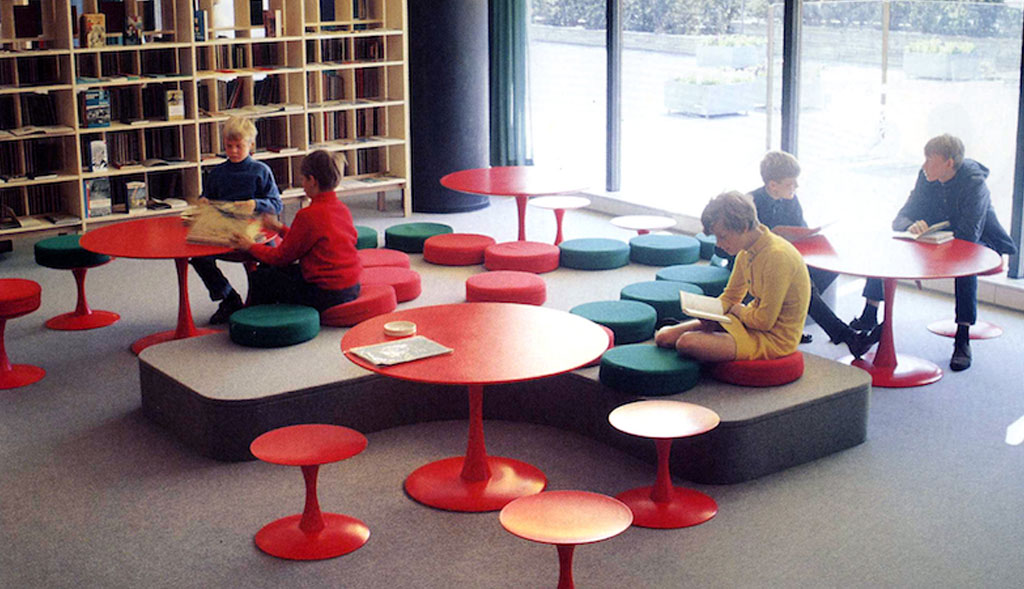

After her husband’s death, Nanna worked with Danish textile company Kvadrat, and created the ever popular fabric, Hallingdal. Given the freedom to create a showroom to display her work, she was able to showcase her favourite colours: turquoise and pink, as well as display her interest in texture and structure. Shortly after, she remarried and moved to north London where she set up Interspace with her new husband – their design studio quickly received an international reputation.

1986 was a reflective year for Ditzel. After the death of her second husband, she returned to Copenhagen. The Trinidad Chair was borne of happy memories past - inspired by the elaborate frameworks of the colonial Gingerbread Facades on the Caribbean island of Trinidad. Gently playing with the sunlight, the facades cast intricate shadows across verandahs, encouraging airflow and regulating room temperature. Transplanted onto a chair, this cut-out feature ensures lightness in weight, as well as allowing acoustic flow around a room.
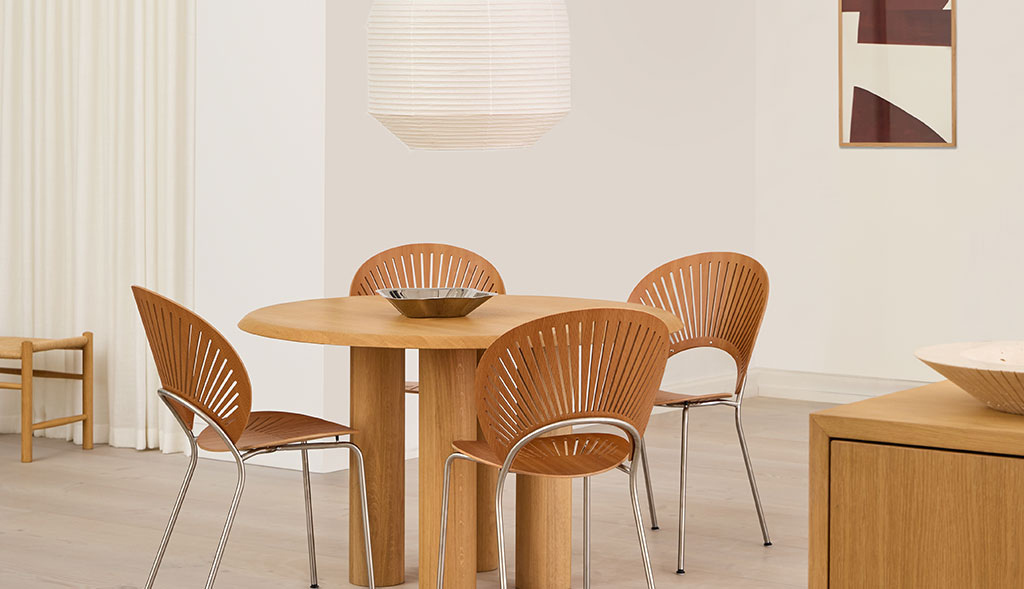
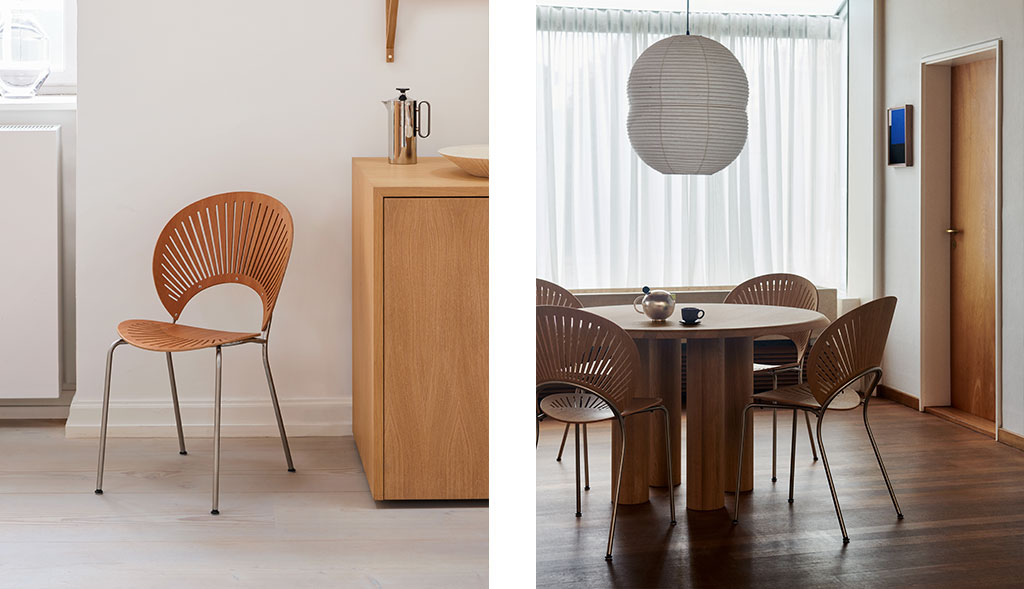
“On Trinidad I saw how the facades of the houses nearly dissolves in light and shadow – almost like a lace – and I thought to myself: How can I use this for a chair?”
The Trinidad Chair was a success, and for many, seems like a symbol of Ditzel's ability to adapt to the times. It was an instant hit for furniture manufacturer Fredericia, and has been a great commercial success for both domestic and public use. In 1998, Nanna Ditzel was awarded the lifelong artist's grant by the Danish Ministry of Culture, and in 2000, she was awarded the Danish Design Prize. When she died in 2005, she was regarded as one of Europe's finest designers, and leaves a legacy that will continue to affect industrial design into the future.
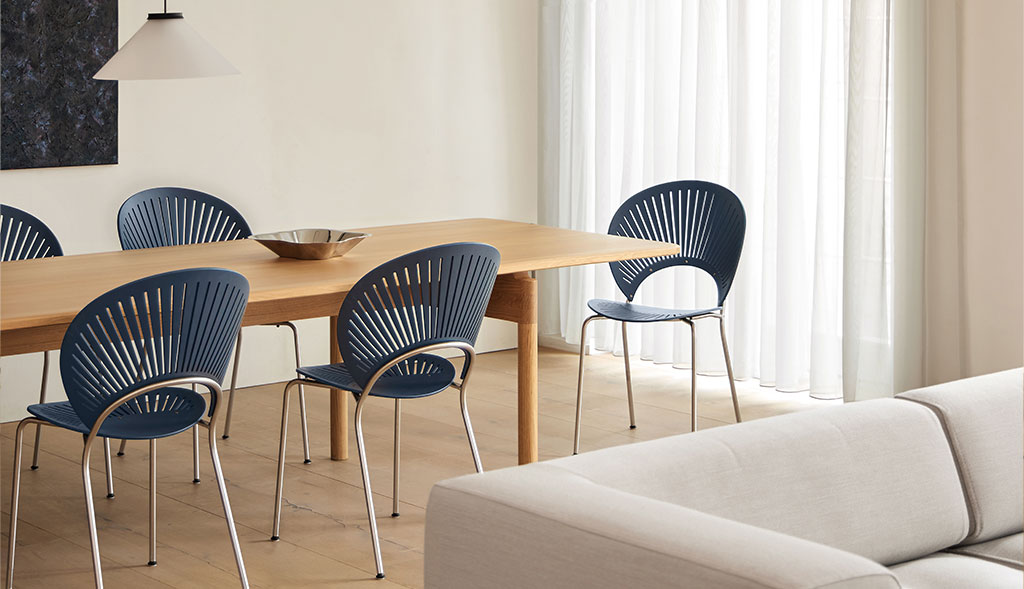
See the Trinidad Chair
See the Fredericia Collection
-
Spotlight on classicsSpotlight on the Togo Sofa, by Ligne RosetRead More
Designed in 1973 by Michel Ducaroy for Ligne Roset, Togo is the 70s at its best – sexy, divisive and inarguably cool. Since its debut in 1973, the Ligne Roset Togo collection has stood as a symbol of relaxed sophistication...
-
Spotlight on classicsSpotlight on the Series 7 ChairRead More
Arne Jacobsen’s most iconic chair: Series 7™ is a masterpiece of Scandinavian design The Series 7 Chair, designed in 1955, remains one of the most recognisable and best-selling chairs in furniture history. Its sleek, organic form and groundbreaking construction have...
